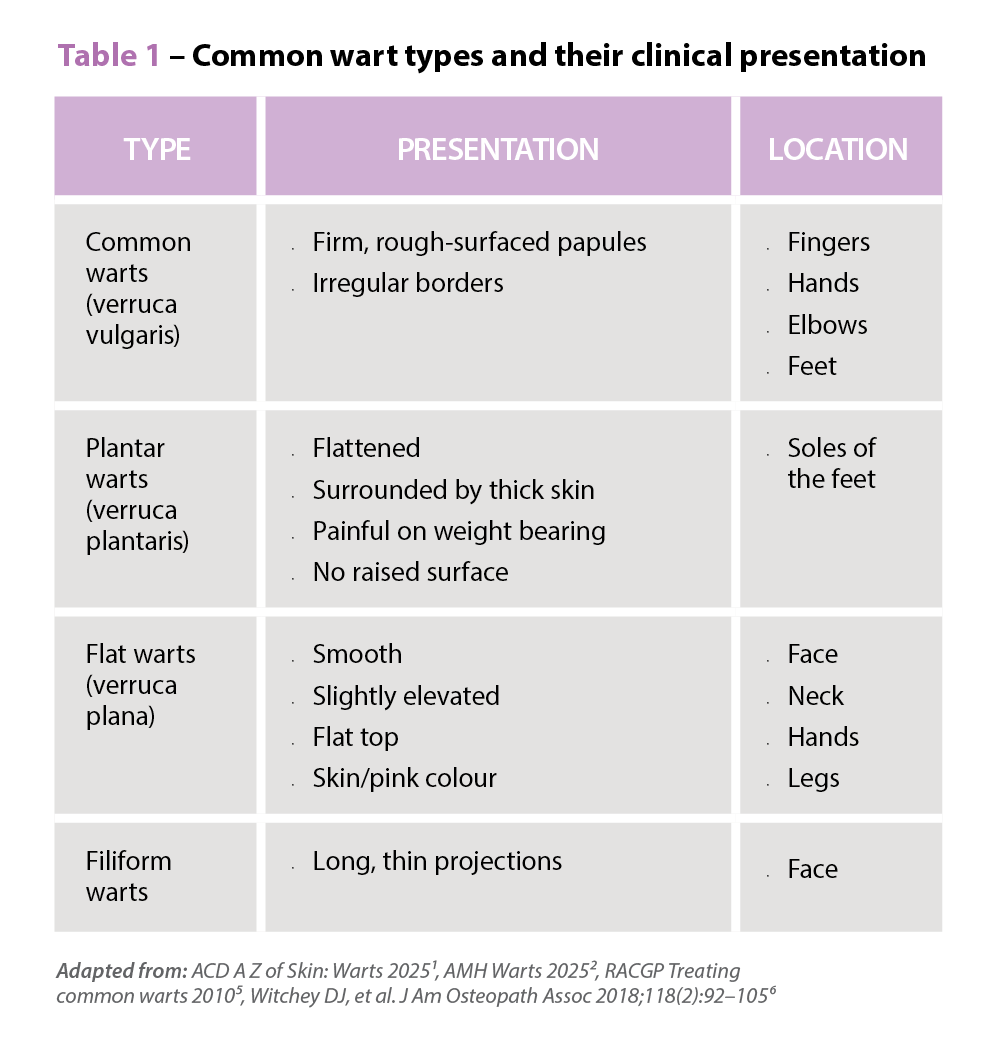Australia’s pharmacists are underutilised. How can tapping pharmacists’ skills as medicines experts produce better healthcare outcomes?
Pharmacists are highly trained, have deep expertise in medicines, are among the most trusted of all professionals,1 and are located in communities throughout Australia. Yet their role is far more limited in Australia than in many countries.
Australians miss out as a result. People have to wait longer and travel further to see a general practitioner (GP) for a service that their local pharmacist could just as easily have provided. Sometimes people get sicker in the interim, which increases costs for the individual and the health system.
Evidence shows that pharmacists can safely provide repeat prescriptions to people with simple, stable conditions, and work with GPs to help patients manage chronic conditions. Allowing pharmacists to do so would improve the Australian health system by reducing pressure on the primary care system and improving people’s access to care.
Pharmacists are already valued members of hospital health teams. Hospitals should be able to allow them to contribute even more.
Potential roles
Medication continuation
Doctors generally write prescriptions for up to six months’ supply of medicines. After this time, patients must return to get a new script, even if their needs haven’t changed. For people with long-term needs that are being successfully controlled by medication, these visits may not require the advanced skills of a GP; at least 3.4% of GP visits involve getting repeat prescriptions for problems previously treated by a doctor.2 Pharmacists could do the repeat prescribing instead.
Broadening the role of pharmacists need not undermine GPs. The work of the pharmacist in primary care should only be done in collaboration with the GP. But within the context of a structured prescribing arrangement with each GP, pharmacists should be able to continue medications for long-term conditions, when the patient and GP agree, and when the patient’s condition is stable.
It would be straightforward. Some GPs don’t require seeing a patient for a repeat prescription – they might leave the prescription at their front desk, with or without a charge.2 After a GP has made a diagnosis and created a treatment plan, they would be able to share the patient’s record with the pharmacist, if the patient agrees. Then, when the patient asked the pharmacist for a repeat script, the pharmacist could look up the patient’s record, confirm the medication, and issue the script.
Depending on the condition, the GP could allow the pharmacist to issue continuing scripts for up to 18 months. Of course, if the patient’s condition changed, they would have to return to their doctor to discuss their condition and review their medication.
Enhanced involvement in the care of people with chronic conditions
Managing chronic care is a significant and growing part of GP workload. More than half of GP visits involve managing at least one chronic condition.3 Many of these visits involve managing medications or adjusting dosages, rather than diagnosing conditions.
A large body of research suggests that chronic conditions are best managed in co-ordinated healthcare teams, which can deal with the complicated demands of treating chronic disease.4,5 Australia has made headway in using practice nurses and chronic care coordinators – some Australian pharmacies already offer partial chronic disease care (including smoking cessation and weight management) as part of their routine practice, but they could also do so more effectively if care was more expansive and formally integrated into primary care-based disease management. And there is also an important place for pharmacists in managing chronic disease.5
They could:
- review a patient’s medication, check for any adverse drug interactions, and ensure that patients understand the medicines they are taking
- adjust doses and discontinue or alter the medication
- help treat acute conditions in chronic-care patients, while avoiding adverse interactions with their existing medication
- give patients compliance packaging (with all the pills they need to take each day packaged together)
- inform GPs and other health practitioners of any relevant information about the patient’s care plan
- issue repeat prescriptions, as discussed above
- ensure medications are being used properly and safely, and identify any potential adverse reactions to drugs.
In many other countries, pharmacists are starting to do this. England and Scotland are at the forefront of transforming the role of pharmacists in chronic disease management. Canada, the Netherlands and the US are making more limited progress.6
There is also increasing evidence of the benefits of enabling pharmacists to co-locate with medical practitioners, to assist in the management of patients with chronic illness.7 Pharmacists and medical practitioners both appear to favour a more collaborative approach to chronic disease management.8 International evidence shows pharmacist interventions significantly
improve management of blood pressure, blood glucose and cholesterol levels.7,9 They can also improve self-care for patients with chronic conditions,10,11 which can result in fewer hospital admissions and therefore lower costs.12
Conclusion
Surveys of pharmacists in Australia suggest most are willing to take on new roles, with further training.6 And international studies suggest that pharmacist prescribing is welcomed by both patients and pharmacists.13,14
Pharmacies and pharmacists play a crucial role in the delivery of primary healthcare to Australians. Improving the ability of the sector to deliver efficient, high-quality care to all is crucial to making Australia’s health system more sustainable.
Using pharmacists’ skills better – especially by allowing suitably prepared pharmacists to prescribe – will improve people’s access to healthcare, facilitate better medication management, reduce costs, and ease the burden on general practice.
References
- Roy Morgan. Roy Morgan Image of Professions Survey 2016: Nurses still easily most highly regarded – followed by Doctors, Pharmacists & Engineers 2016. At: www.roymorgan.com/findings/6797-image-of-professions-2016-201605110031
- Duckett S, Breadon P. Access all areas: new solutions for GP shortages in rural Australia. Grattan Institute 2013. At: https://grattan.edu.au/report/access-all-areas-new-solutions-for-gp-shortages-in-rural-australia/
- Swerissen H, Duckett S. Chronic failure in primary care. Grattan Institute 2016. At: https://grattan.edu.au/wp-content/uploads/2016/03/936-chronic-failure-in-primary-care.pdf
- Proia KK, Thota AB, et al. Team-based care and improved blood pressure control: a community guide systematic review. American Journal of Preventive Medicine 2014; 47(1):86–99. At: https://www.ncbi.nlm.nih.gov/pubmed/24933494
- Hirsch JD, Steers N, Adler DS, et al. Primary Care–based, Pharmacist–physician Collaborative Medication-therapy Management of Hypertension: A Randomized, Pragmatic Trial. Clinical Therapeutics 2014;36(9):1244–54. At: https://www.ncbi.nlm.nih.gov/pubmed/25085406
- Mossialos E, Courtin E, Naci H, et al. From retailers to health care providers: transforming the role of community pharmacists in chronic disease management. Health Policy 2015;119(5):628–39. At: https://www.ncbi.nlm.nih.gov/pubmed/25747809
- Tan EC, Stewart K, Elliott RA, George J. Pharmacist services provided in general practice clinics: a systematic review and meta-analysis. Research in Social and Administrative Pharmacy 2014;10(4):608–22. At: https://www.researchgate.net/publication/258102447_Pharmacist_services_provided_in_general_practice_clinics_A_systematic_review_and_meta-analysis
- Kelly DV, Bishop L, Young S, et al. Pharmacist and physician views on collaborative practice Findings from the community pharmaceutical care project, Canadian Pharmacists Journal 2013;146(4):218–26. At: https://journals.sagepub.com/doi/abs/10.1177/1715163513492642?journalCode=cphc
- Santschi V, Chiolero A, Colosimo AL et al. Improving blood pressure control through pharmacist interventions: a meta-analysis of randomized controlled trials. Journal of the American Heart Association;2014 Apr 10;3(2):e000718. At: https://www.ahajournals.org/doi/10.1161/JAHA.113.000718
- Zhong H, Ni XJ, Cui M, Liu XY. Evaluation of pharmacist care for patients with chronic obstructive pulmonary disease: a systematic review and meta-analysis. International Journal of Clinical Pharmacy 2014;36(6):1230–40. At: https://www.ncbi.nlm.nih.gov/books/NBK292300/
- Ryan N, Chambers C, Ralph C, England D, Cusano F. Evaluation of clinical pharmacists follow-up service in an oncology pain clinic. Journal of Oncology Pharmacy Practice 2013;19(2):151–8. At: https://www.ncbi.nlm.nih.gov/pubmed/23019117
- Malet‐Larrea A, Goyenechea E, Garcia‐Cárdenas V, et al. The impact of a medication review with follow‐up service on hospital admissions in aged polypharmacy patients. British Journal of Clinical Pharmacology 2016 Sep 1;82(3):831–8. At: https://www.ncbi.nlm.nih.gov/pubmed/27195696
- McCann LM, Haughey SL, Parsons C, et al. A patient perspective of pharmacist prescribing: crossing the specialisms‐crossing the illnesses. Health Expectations 2015;18(1):58–68. At: https://www.ncbi.nlm.nih.gov/pubmed/23067131
- Makowsky MJ, Guirguis LM, Hughes CA, Sadowski CA, Yuksel N. Factors influencing pharmacists’ adoption of prescribing: qualitative application of the diffusion of innovations theory. Implementation Science 2013;8(109). At: https://www.ncbi.nlm.nih.gov/pubmed/24034176




 Symptoms
Symptoms













